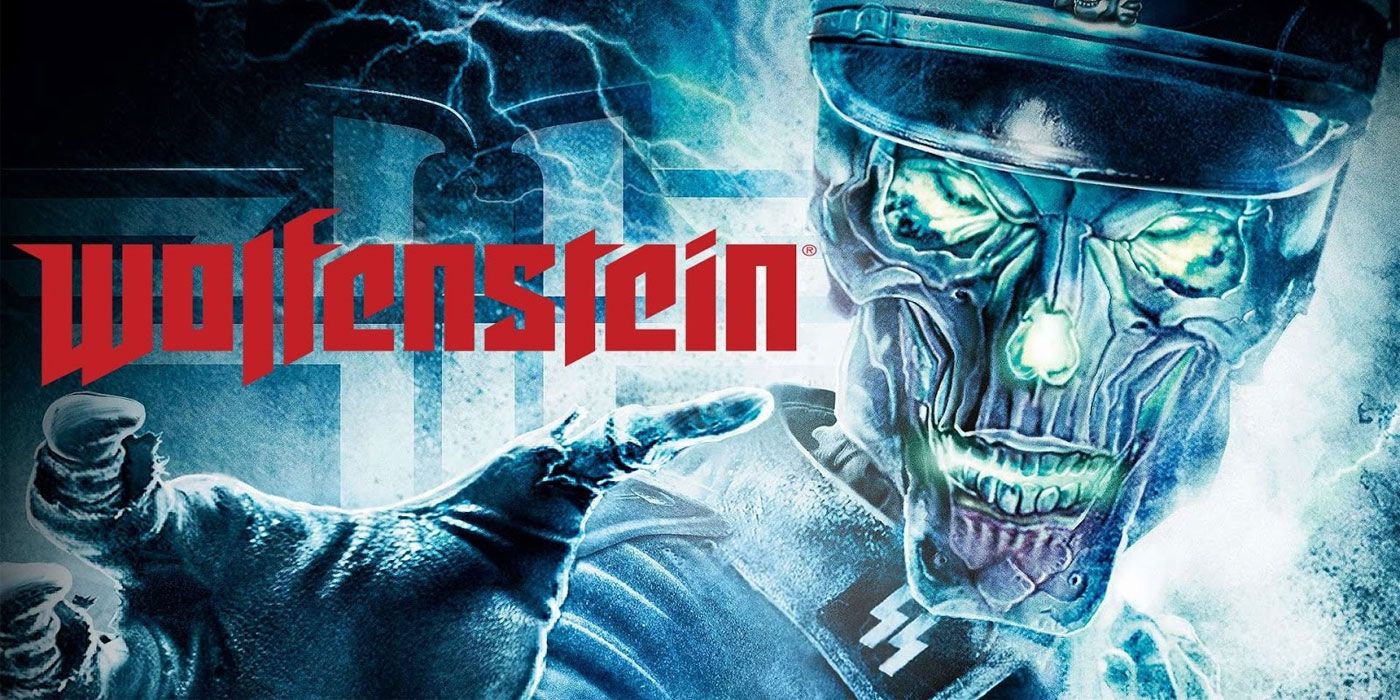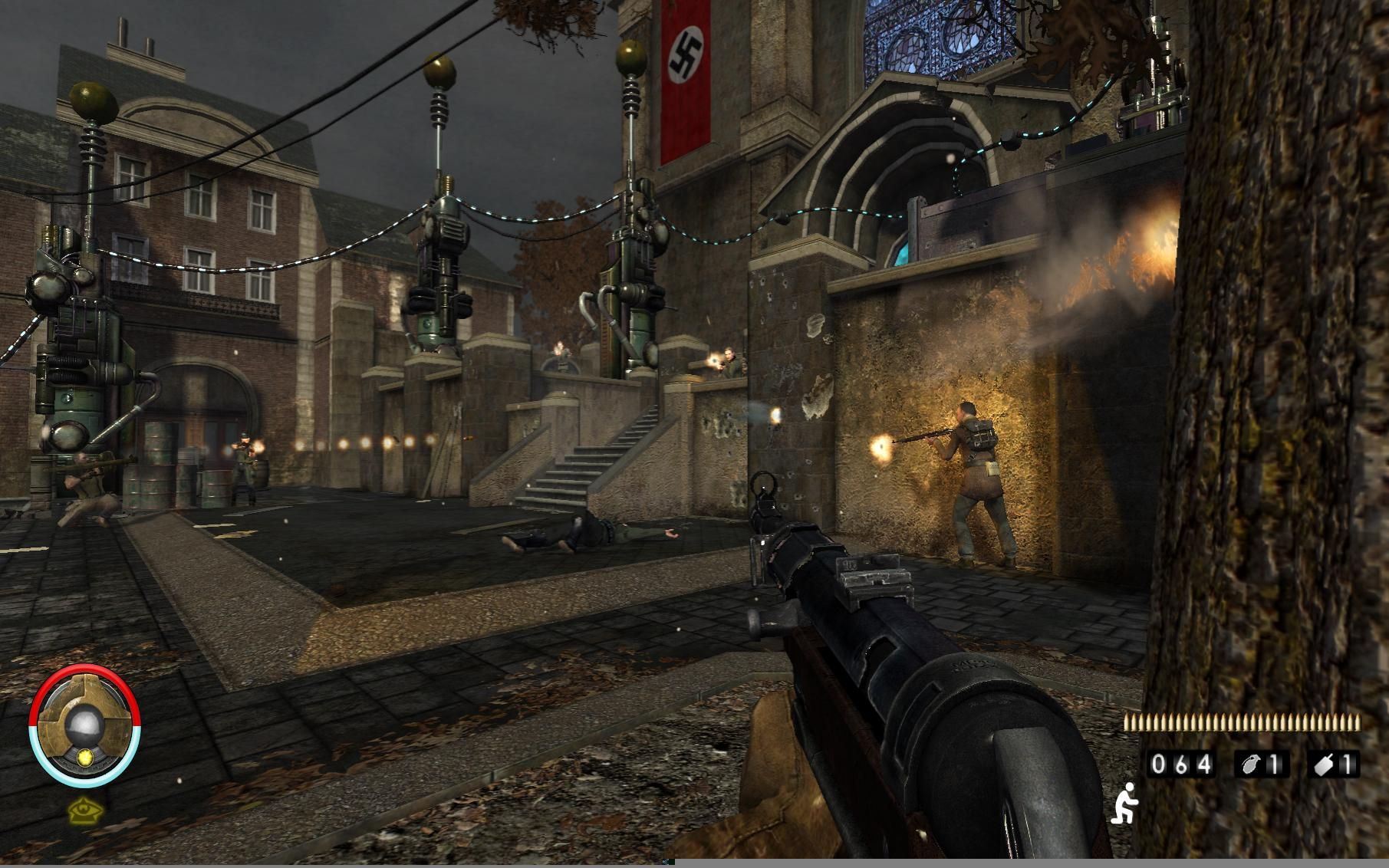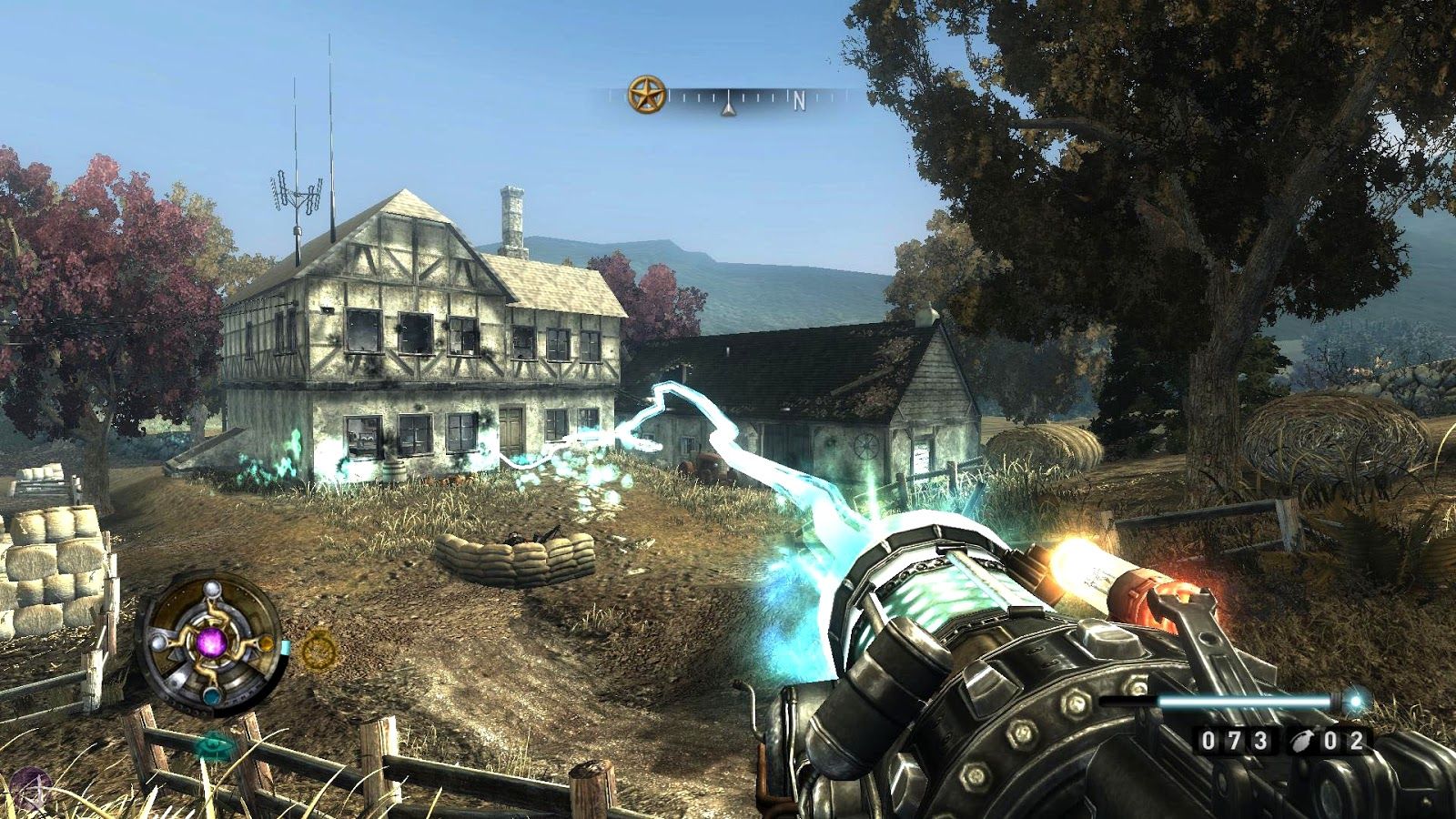Before Bethesda reimagined the franchise with 2014's Wolfenstein: The New Order, the classic shooter IP had been in a bit of a strange place in the 2000s. The decade would begin with the beloved Return to Castle Wolfenstein in 2001, but no other full entry in the series would make an appearance until 2009.
While Return has endured in the public consciousness since it first launched, Raven Software's 2009 sequel has been largely forgotten by the industry as a whole. Whether Raven's Wolfenstein deserves to be forgotten is another question entirely.
The Wolfenstein series has always been known for its occult elements, taking inspiration from the popular theory that the Nazi party had a heavy interest in occultist belief. Wolfenstein 2009 is no exception. The game revolves around B.J. Blazkowicz acquiring a Thule Medallion from a Nazi general. The artifact allows its user to manipulate a mysterious dimension known as the Veil. Upon discovering the medallion's power, B.J. learns that the crystals that power the device are being mined in the German city of Isenstadt and heads there to uncover the truth.
The game is a semi-open world, with the player able to explore Isenstadt at their leisure which acts as a hub world between missions. B.J. rendevous with the Kreisau Circle resistance group and receives intel and missions from them within their Isenstadt safe houses. In addition, the Kreisau Circle contains a black market that allows the player to spend the gold they acquire in missions on weapons and upgrades. The player also steadily unlocks new abilities for the Thule Medallion as the game progresses, including increased damage output and the ability to slow down time.
While Raven's title still embraces the franchise's classic roots with its supernatural elements, it is also a product of its time in many respects. The game utilizes regenerating health for the first time, a controversial inclusion for such a series due to its perceived effect on the pacing of combat and a seeming attempt to mimic Call of Duty. Wolfenstein 2009 was also the first title in the series to be designed for consoles first, despite the series owing its success to the PC market.
Despite these divisive elements, Wolfenstein 2009 is a solid experience all around. Combat is fast and frantic, purchasing upgrades is addictive, and its supernatural elements firmly set it apart from its contemporaries. Despite rather unfavorable comparisons to Call of Duty, the game seems to utilize some of its best elements while adding its own charm and identity. The title features a two-weapon system and a weapon wheel that houses all unlocked weapons, including over-the-top wonder weapons such as the Tesla Gun.
As the story progresses and B.J. learns more about the Nazi's sinister plans, the town of Isenstadt begins to change. Streets would once contain basic Nazi patrols hunting the resistance, but eventually, they would be replaced by high-tech super soldiers and even the twisted creatures born of their experiments. The player is given a tangible sense of progression that demonstrates the rising stakes, the town turning to hell throughout the playthrough. Wolfenstein 2009 has a lot more to offer than it may first appear.
Ultimately, Wolfenstein would underperform in sales. Critics gave the game above-average scores but never glowing ones. The game seemed forever destined to remain in limbo, the forgotten game stuck between Return to Castle Wolfenstein and The New Order. The game, however, does not deserve to be forgotten; it has many interesting ideas, fun gameplay and a unique standing among the series as a stepping stone between two giant releases. Unfortunately, the title is notoriously difficult to acquire. Bethesda owns the IP, but an Activision studio developed the title, and it is unavailable for sale anywhere outside of the second-hand market. Hopefully, these issues will be worked out as, at the very least, this title deserves another look from the community.



